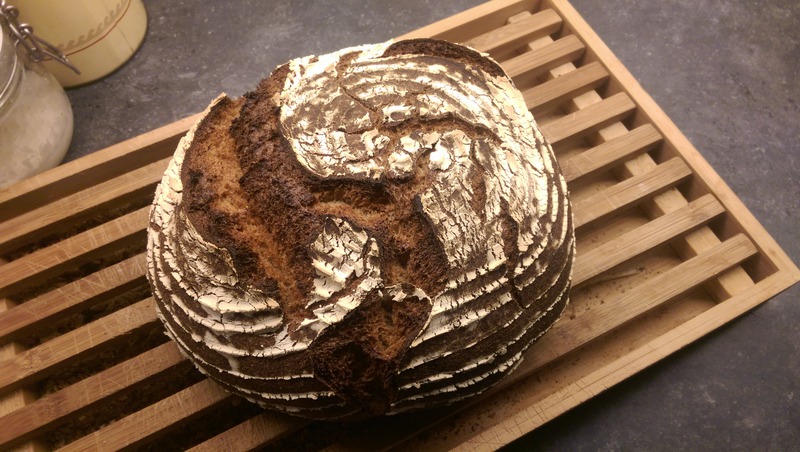 For a long time I have been keeping copies of the full source directories for every KDE 4 release I have made for Slackware. That is amounting to a lot of megabytes, since I am also keeping the source tarballs, not just the scripts and patches. Traditionally, I have kept one KDE version publicly available for all recent Slackware releases, in my ‘ktown’ package repository at http://alien.slackbook.org/ktown/ . This repository is also available through rsync, not just http (using my primary mirror at rsync://taper.alienbase.nl/mirrors/alien-kde/).
For a long time I have been keeping copies of the full source directories for every KDE 4 release I have made for Slackware. That is amounting to a lot of megabytes, since I am also keeping the source tarballs, not just the scripts and patches. Traditionally, I have kept one KDE version publicly available for all recent Slackware releases, in my ‘ktown’ package repository at http://alien.slackbook.org/ktown/ . This repository is also available through rsync, not just http (using my primary mirror at rsync://taper.alienbase.nl/mirrors/alien-kde/).
But what was missing (because I am lazy) is a git interface. Now, you could argue that accessing the ktown scripts and patches through git is somewhat pointless, since you would either want the packages (through direct download or using slackpkg+) or the full sources (inclusing the source tarballs, not just the scripts) and the git interface I intend would not be offering that.
However, with the advance of KDE 5, it starts making sense to use git: primarily for version control and history keeping.
The old KDE 4 releases were self-contained: all sources would be released at the same time, so that I could simply create a toplevel directory of, say, “4.14.3” and put everything that I needed to compile the packages below that directory. Easy-peasy. KDE 5 on the other hand, has abandoned the big coördinated release effort. Instead, the releases are now done for subsets of the Software Collection (old name, no longer used). You’ll find separate uncoördinated releases for the KDE Frameworks, Plasma and the Applications. Of course these are all dependent on each other and require specific versions to work together, but there is no longer something like a “KDE 5.2.0”.
You saw in my initial release of KDE 5 packages that I simply named the toplevel directory “5”, i.e. without minor numbers. My plan for the future is to stick to that number until Frameworks and Plasma move away from 5.x. Inside the “5” directory you will see future partial updates: whenever new Frameworks, Plasma and Applications tarballs are released, I will update one or more of these at the same time, but not necessarily all of them at the same time.
This poses a problem for my internal version control. Copying directory trees every time I refresh a subsection, will create a big mess with greater risk of not being able to go back to a previous point in time, in particular for the “deps” packages but I also see a risk of not being able to retrace working combinations of Frameworks, Plasma and Applications.
Therefore I have decided to move my ktown sources and scripts into a git repository. What I did, was take every final increment of every KDE release since KDE 4.6 for which I have ever created packages, and build a git version control history using those sources. The git repository has a master branch which will be the release which I consider most recent and stable. At the moment, that is 4.14.3. Every release will have its own branch too. There are branches for 4.6.5, 4.7.4, 4.8.4, 4.9.5, 4.10.5, 4.11.5, 4.12.5, 4.13.3, 4.14.3 and 5 at the moment, and you’ll find them here:
http://taper.alienbase.nl/gitweb/?p=ktown.git
I think this will work best for future development on KDE. Currently, the patches in there are mostly gzipped, since this is what Slackware wants, but I am thinking about creating “unzipped” branches for recent releases, so that it will be easier to peek into the patches.
Any feedback, tips etc, let me know.
Eric
Edit – Tue Dec 23 12:26:25 UTC 2014:
I have added a cgit interface as well: http://taper.alienbase.nl/cgit/ktown/



Recent comments